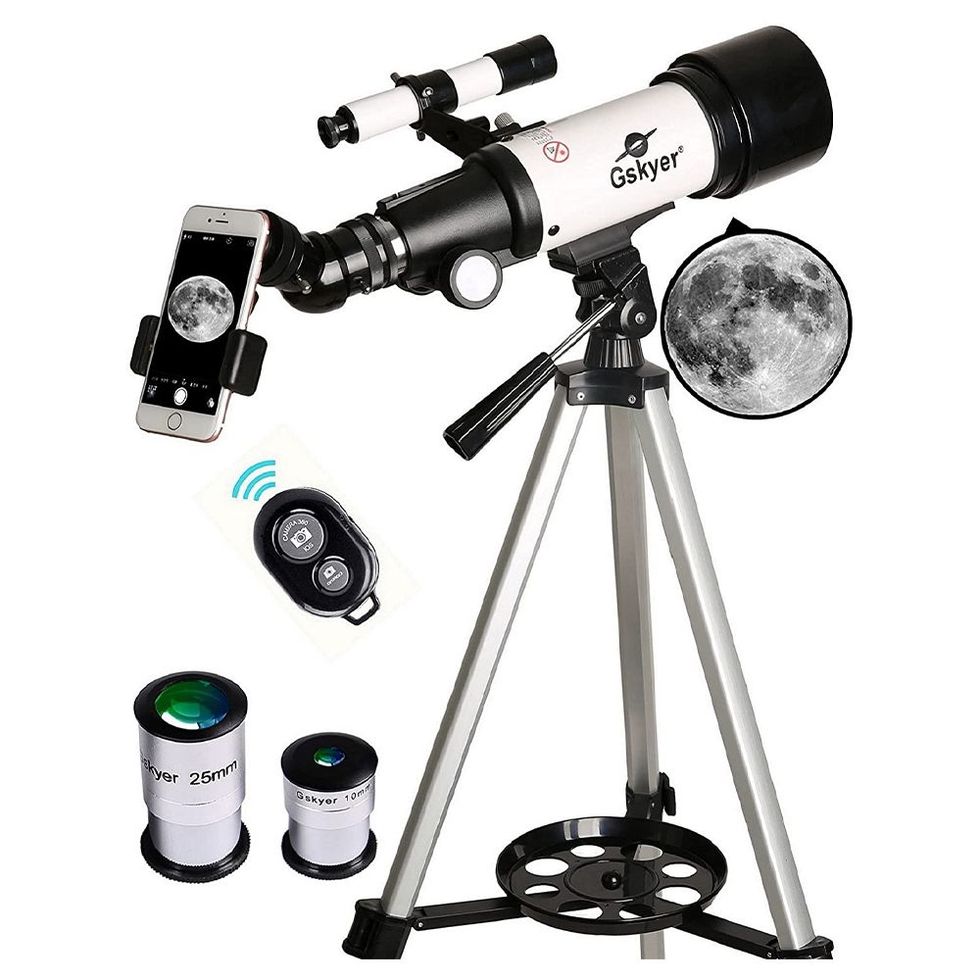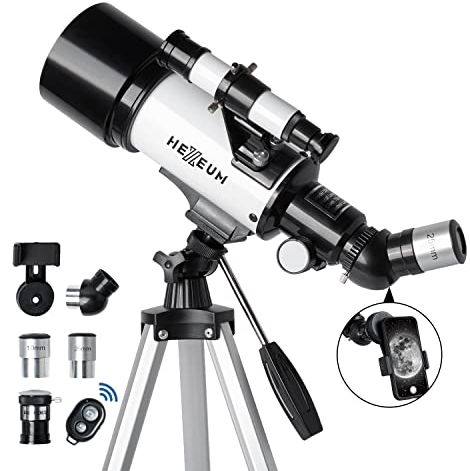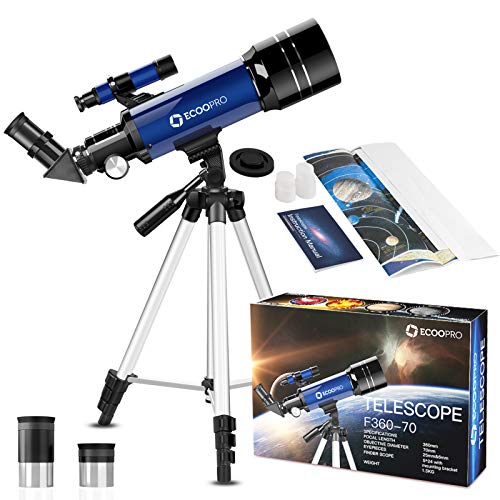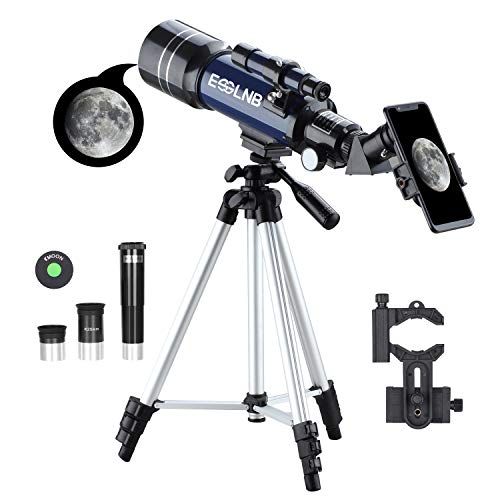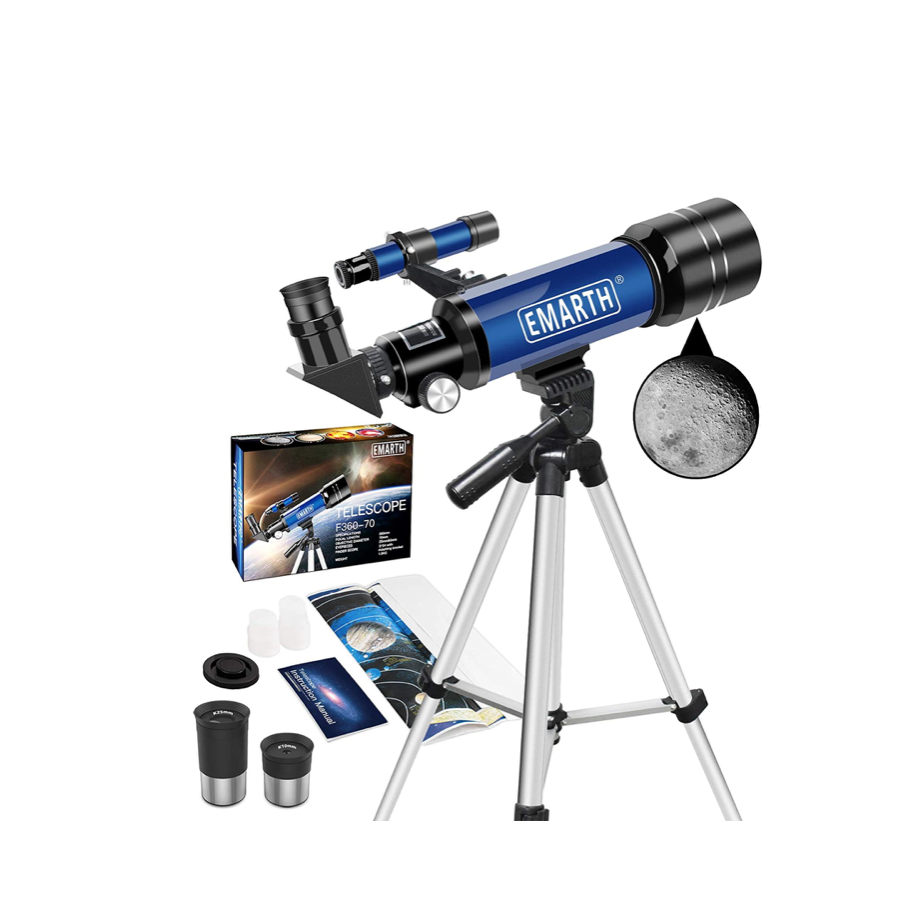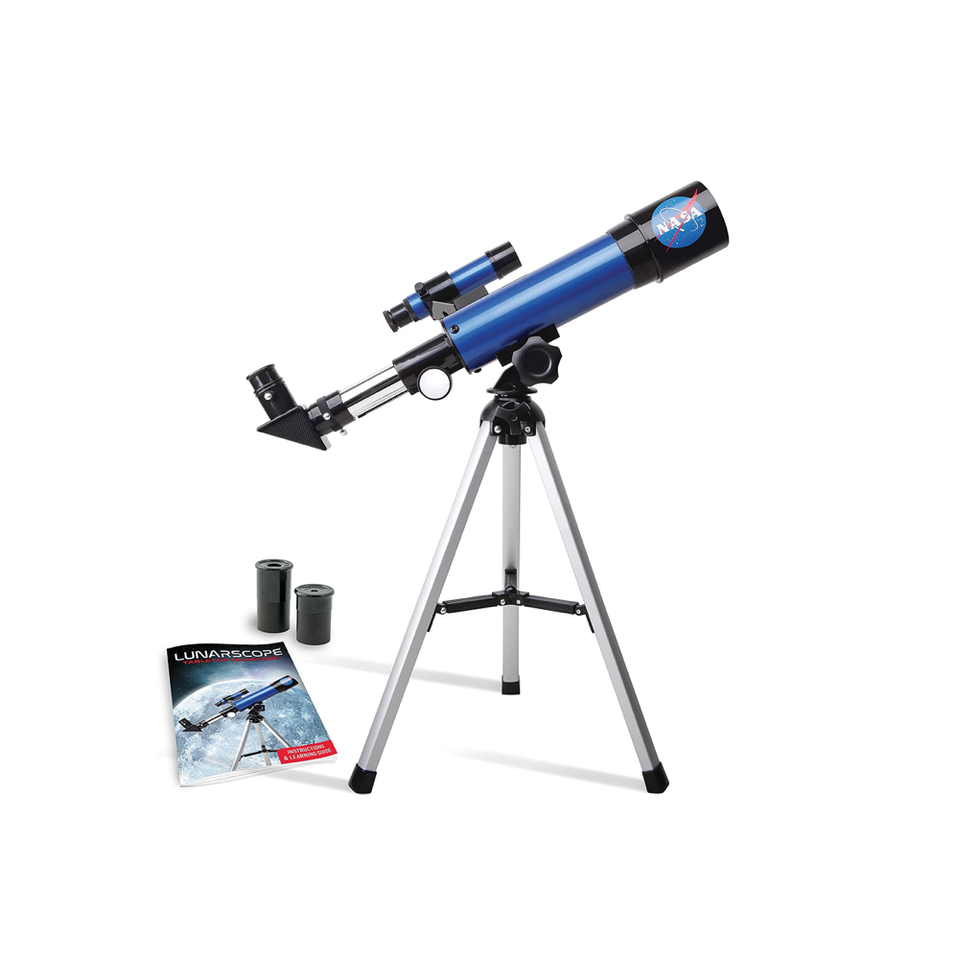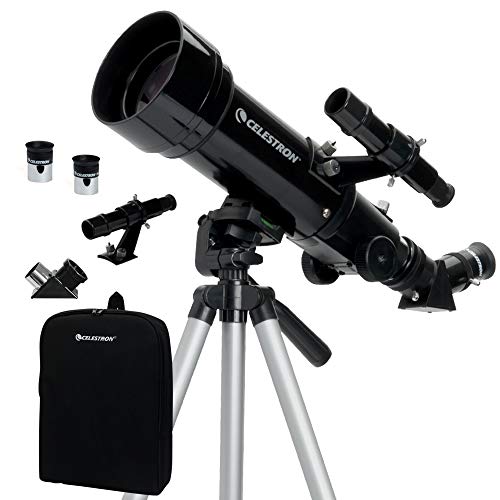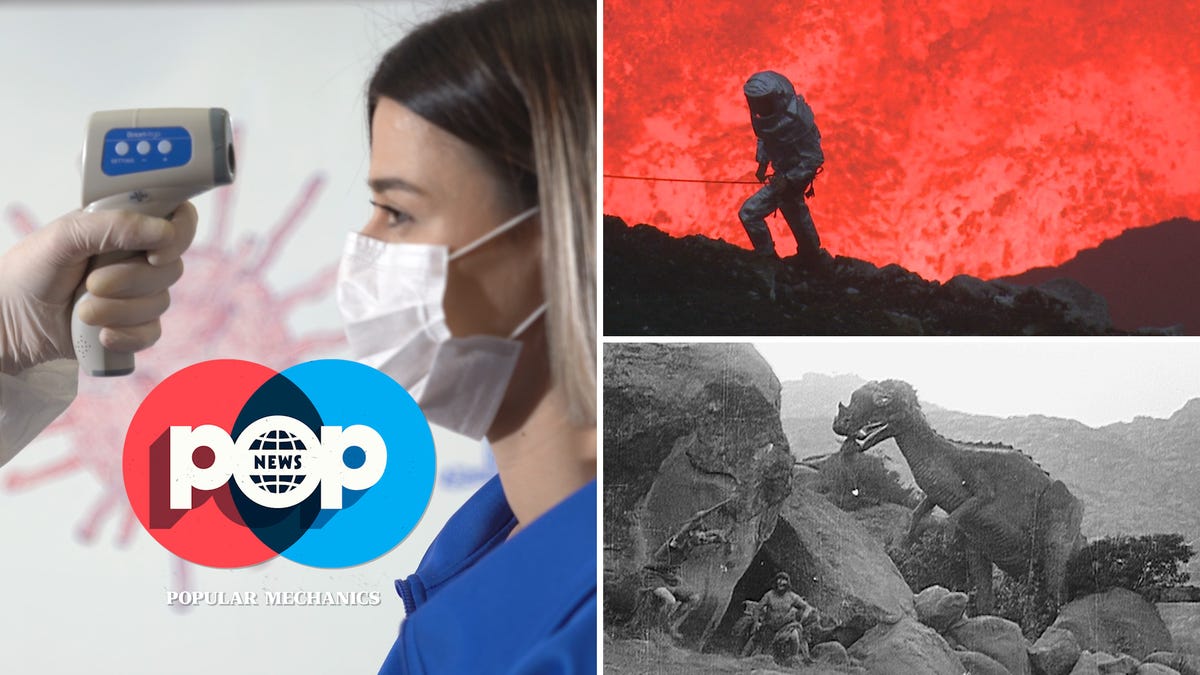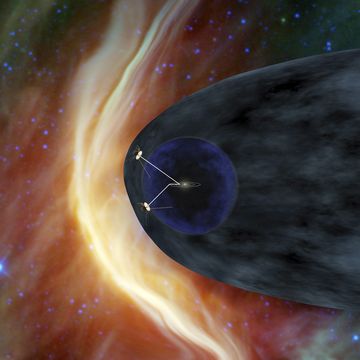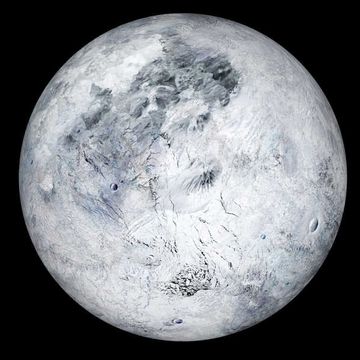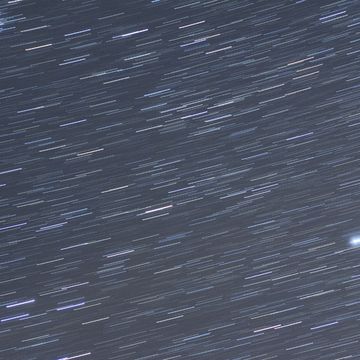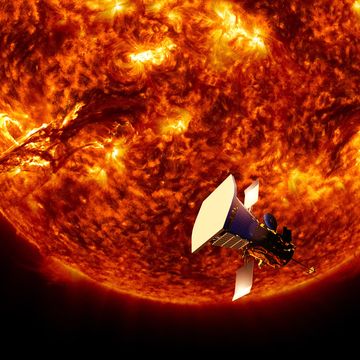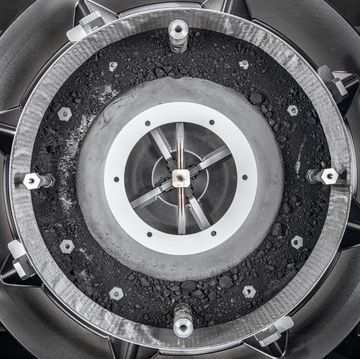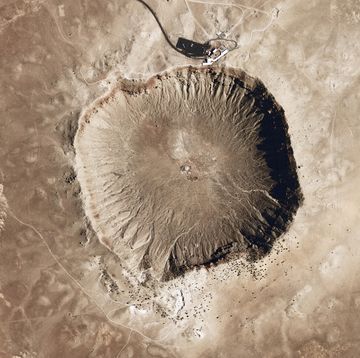- A car-sized asteroid called 2018 VP1 will swing past Earth on November 2, the day before Election Day 2020.
- Fortunately, as astrophysicist Neil deGrasse Tyson points out, 2018 VP1 has a 0.41 percent chance of entering Earth's atmosphere. It would likely burn up anyway.
- Researchers discovered the asteroid in 2018 using telescopes at the Zwicky Transient Facility in California.
Over the weekend, astrophysicist Neil deGrasse Tyson once again dredged up the news of an asteroid called 2018 VP1, which is scheduled to zip past Earth on November 2. Yes, that's just one day before Americans will cast their vote for the next President of the United States.
However, as Tyson wrote, if images of a massive space rock slamming into Earth are sending chills down your spine, you don't need to panic. Indeed, when the asteroid first popped up on the planet's radar back in August, NASA quickly put any fears of an imminent disaster to bed.
🌌You like badass space stuff. So do we. Let's nerd out over the universe together.
"Asteroid 2018VP1 is very small, approx. 6.5 feet, and poses no threat to Earth!" NASA's Planetary Defense Coordination Office tweeted on August 23. "It currently has a 0.41 [percent] chance of entering our planet’s atmosphere, but if it did, it would disintegrate due to its extremely small size."
Sky-scanning researchers discovered 2018 VP1 at the Zwicky Transient Facility at Caltech's Palomar Observatory in 2018. Because of its small size, scientists have had a tough time keeping track of the object and plotting its trajectory.
NASA established its Near-Earth Object Observations Program in 1998 and has since discovered around 19,000 near-Earth objects. In 2005, Congress asked the agency to find 90 percent of all near-Earth asteroids approximately 460 feet or larger. These rocky bodies are big enough to, at the very least, cause regional damage to the planet and destabilize the global atmosphere and impact crop production.
Within the category of near-Earth objects, NASA is also tracking potentially hazardous objects. These asteroids—like Bennu, the asteroid at the center of NASA's OSIRIS-REx mission—are anywhere from 100 to 160 feet wide and are projected to come within 5 million miles of Earth. Fortunately, none of these asteroids is schedule to "visit" anytime soon.
The Best Telescopes for Stargazing
The closest ever recorded approach by an asteroid occurred on August 16, when 2020 QG flew 1,830 miles above Earth's surface. Scientists at Zwicky spotted the SUV-sized asteroid about 6 hours after the close call as it zipped away from Earth. Had 2020 QG swerved into Earth's atmosphere, however, it would have burned up.
So there you have it: 2018 VP1 won't destroy our planet before Election Day, though it certainly would be fitting. You'll still be able to exercise your civic duty on November 3.
Jennifer Leman is a science journalist and senior features editor at Popular Mechanics, Runner's World, and Bicycling. A graduate of the Science Communication Program at UC Santa Cruz, her work has appeared in The Atlantic, Scientific American, Science News and Nature. Her favorite stories illuminate Earth's many wonders and hazards.


